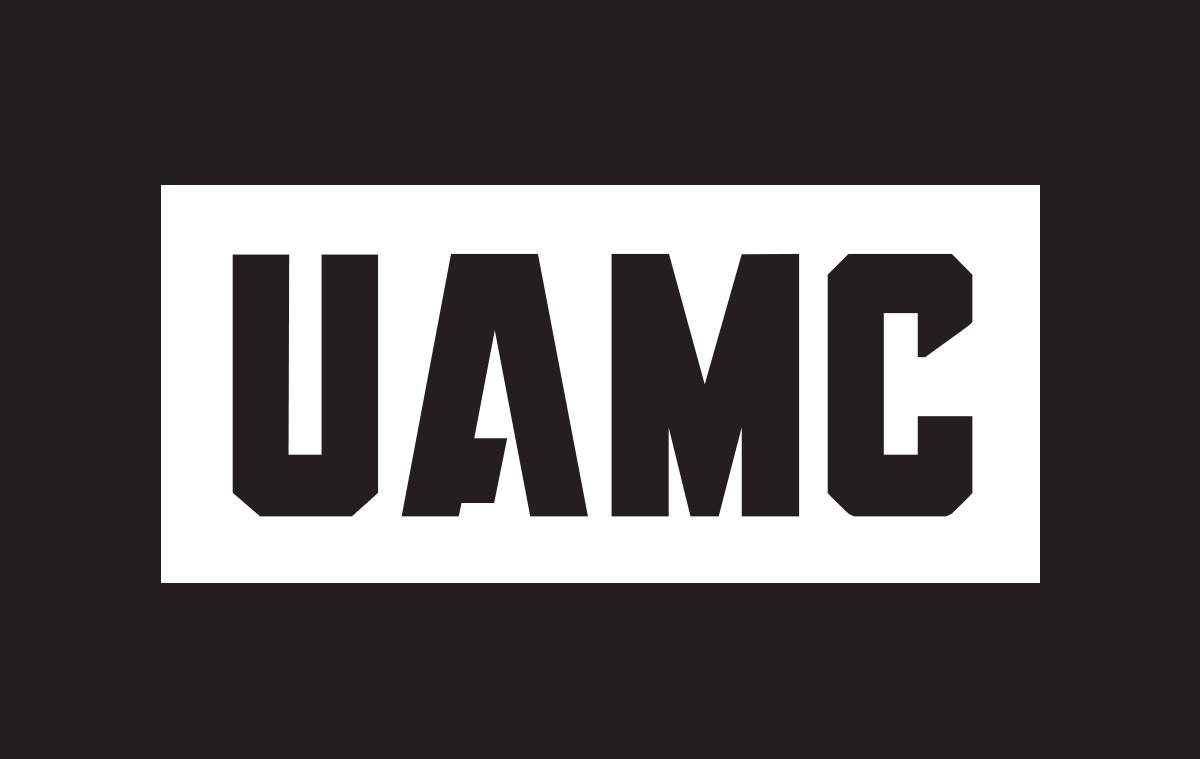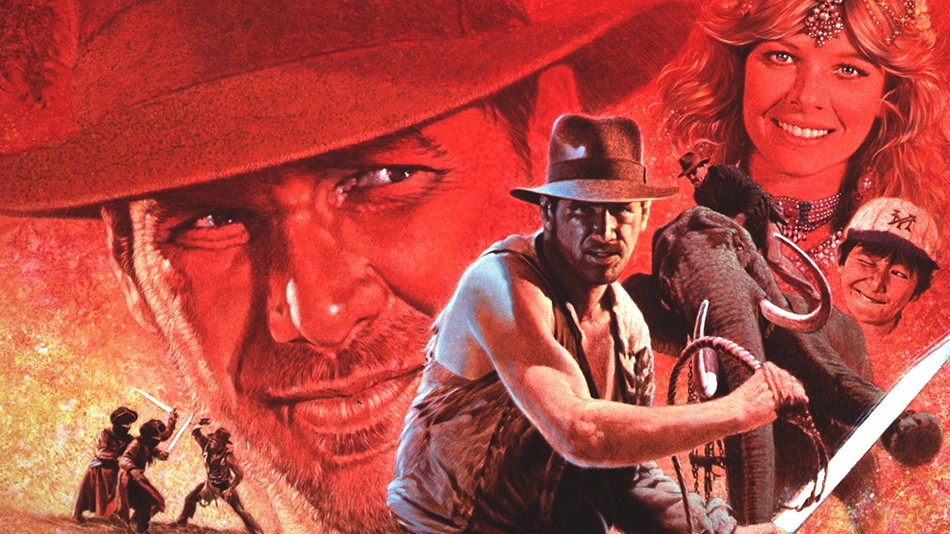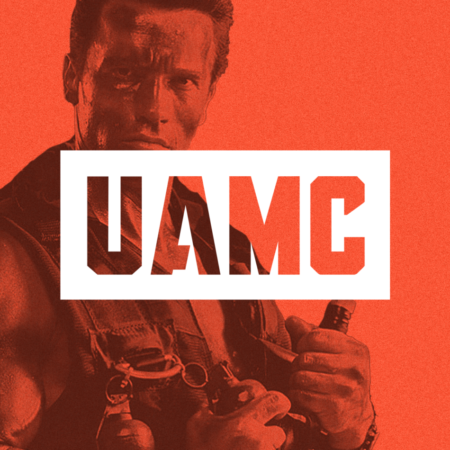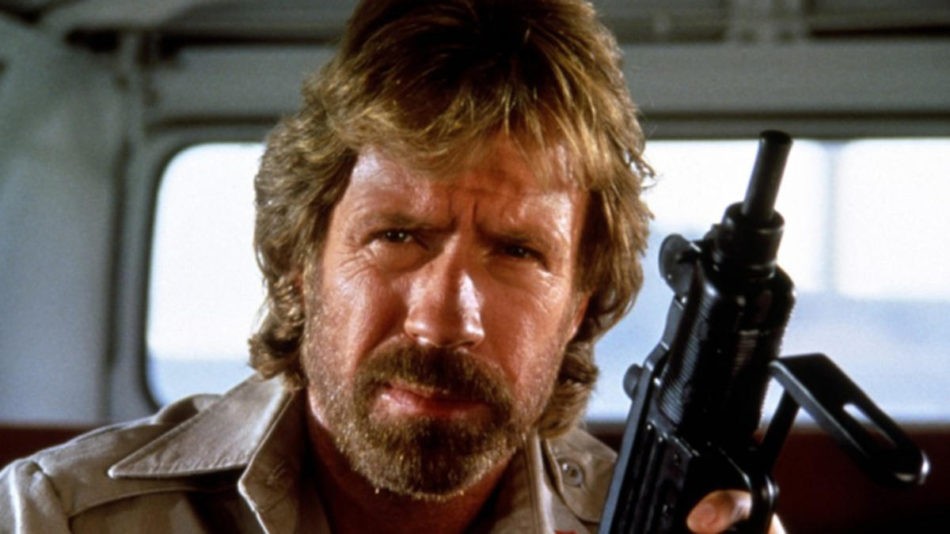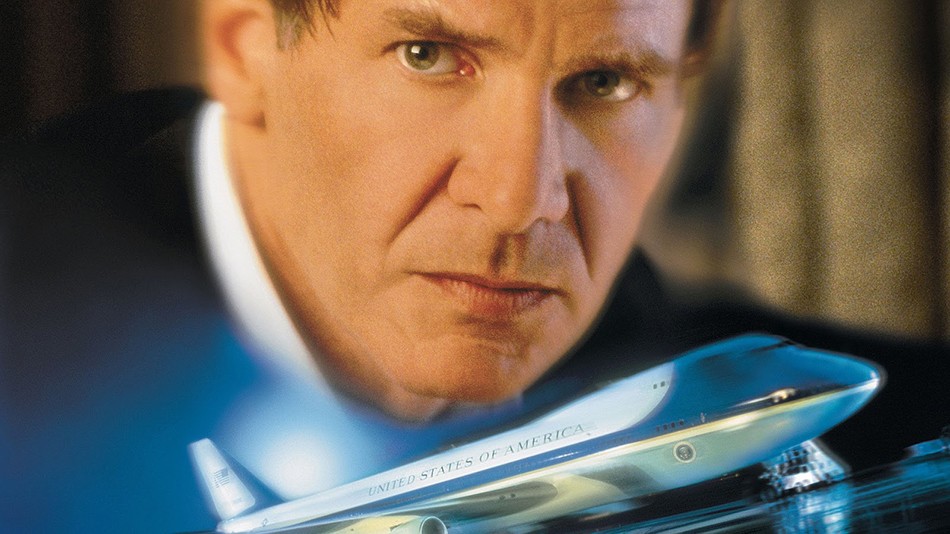The many ways in which Harrison Ford’s ‘Indiana Jones and the Temple of Doom’ (1994) has aged.
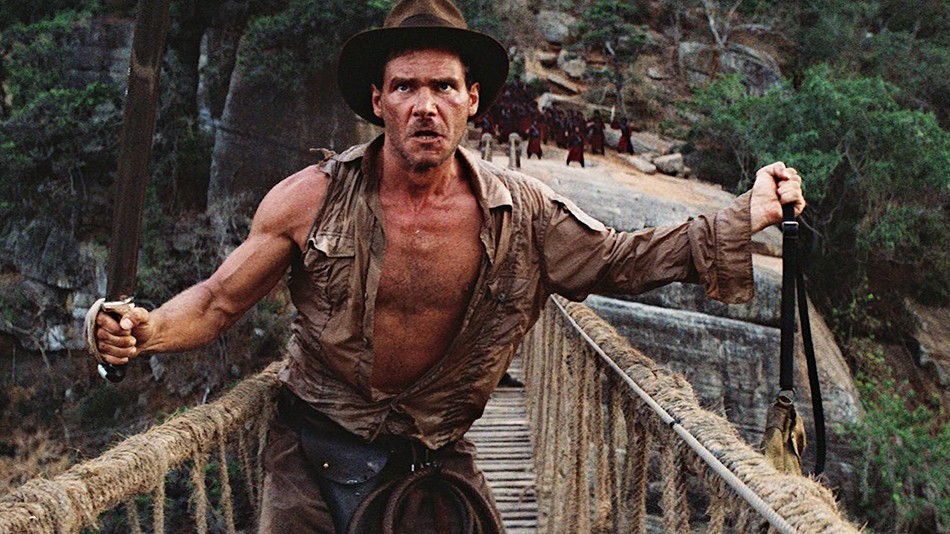
Before Harrison Ford reprised his famous role for Kingdom of the Crystal Skull underwhelmed audiences, Temple of Doom was the de facto “worst” Indiana Jones movie. Audiences and critics didn’t seem to know what to do with it. Fan reaction to Temple of Doom has become more charitable over time, maybe because of nostalgia, maybe because its strangeness is appealing in a world where safe marketability dominates tentpole blockbusters.
Yet this is still the most polarizing film in the series: most love Raiders and Last Crusade, most greet Crystal Skull with a resounding “meh,” but Temple of Doom still garners love-or-hate reactions. I totally understand this state of affairs, my own reaction to Temple of Doom having evolved over the years.
5 Reasons ‘Raiders of the Lost Ark’ is Absolutely an Ultimate Action Movie
Reasons Temple of Doom Possibly Sucks:
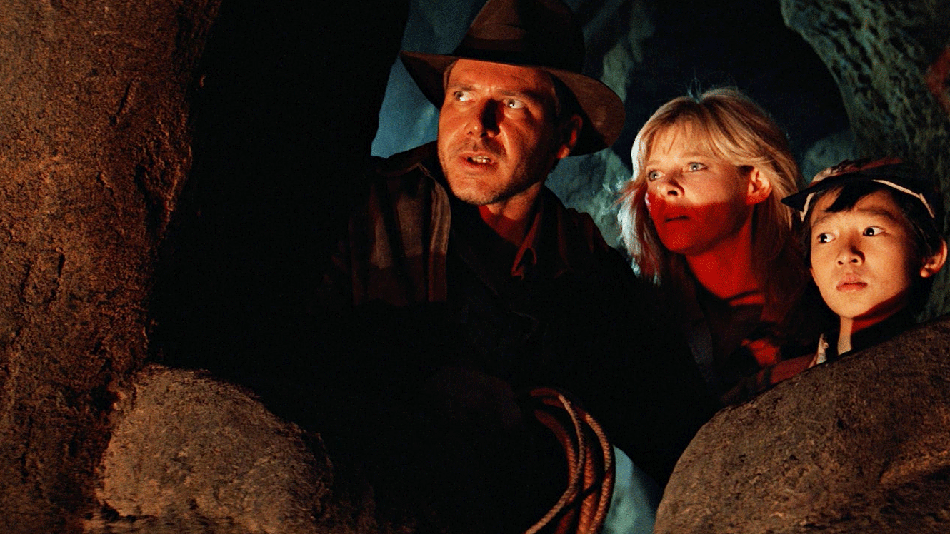
Evidence One – Willie Scott
Willie Scott might be the Jar Jar Binks of the Indiana Jones series as a whole: a comic relief character who isn’t very funny and wears on the audience’s patience. She complains about not having dry-cleaning and a phone. She openly rejects the hospitality of her Indian hosts in the village. She screams at every little thing. Willie is so grating that it’s hard not to root for Mol Ram when he tries throwing her into the lava pit.
Compare her to Marion or Elsa. Marion was a badass action hero in her own right, able to dole out punches and hold her own. Elsa was smart and cold-blooded, willing to kill to get her way. Willie is far closer to the 1930s damsel-in-distress you would have encountered in B-films of Old Hollywood, so maybe her screaming and damsel-ness is intentional… but it doesn’t make me enjoy her pampered wailing any more or less.
ADDITIONAL NOTE: Some lump Short-Round in with Willie as an annoying supporting character. I do not. Short-Round pulls his own weight, rescues himself and Indy, and isn’t nearly as cutesy as most kid characters in these sorts of movies tend to be, so I’ve no problem with him.
Evidence Two – Most Evocative of 1930s Serials, But Not Always in a Good Way
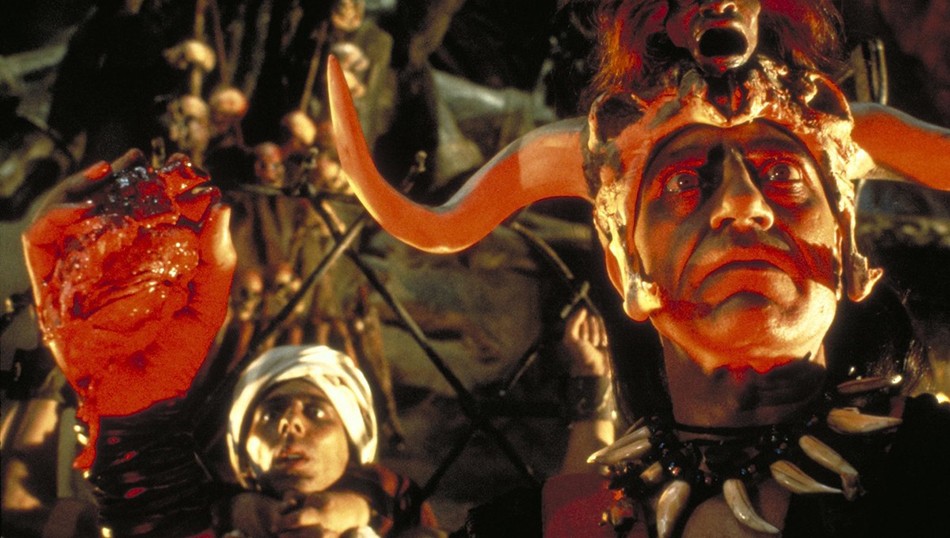
All the Indy films are based on old adventure serials, but none ever came closer to capturing what watching them feels like than Temple. Once again though, this is a double-edged sword, because the episodic, disjointed feel of a serial does not always fit the sensibility of a feature movie, which causes the pacing and structure to suffer.
There’s also the elephant in the room, which is the, eh, cultural inaccuracies regarding Indian culture. The depictions of Indians as chilled-monkey-brain-eaters and the misrepresentation of the Hindu goddess Kali (who isn’t the ultra-evil deity depicted in the film) fuels a great deal of controversy to this day.
Of course, this stuff would have flown in a 1930s film. In the 1980s and beyond? Not so much.
Reasons Temple of Doom is Amazing:
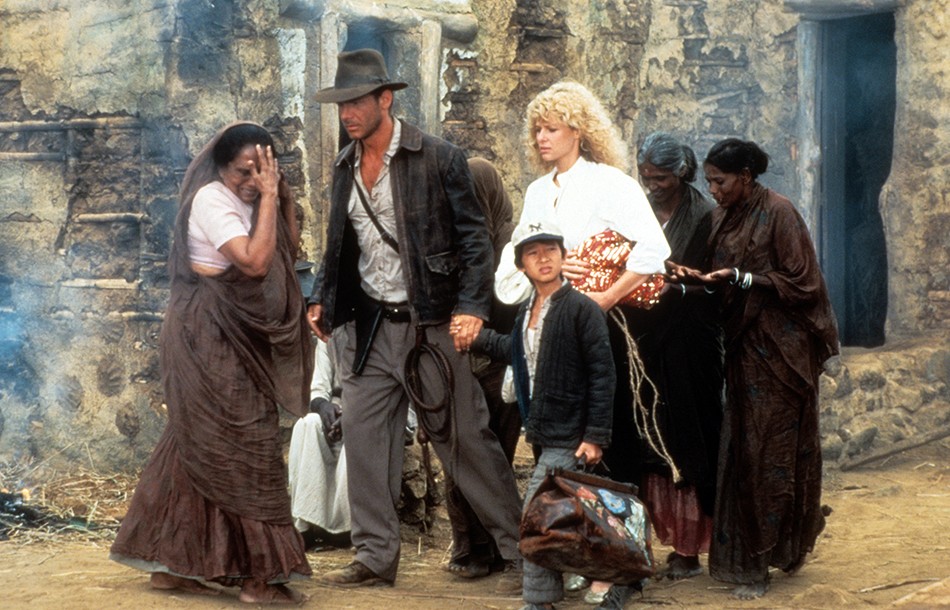
Evidence One – The Action and Adventure
Temple of Doom is one of the best action-adventure movies of all time. I know that sounds weird considering my complaining, but the thing which saves the movie the most is its ultimate action. In a series with some of the greatest action set-pieces of all time, Temple gets the pick of the best.
The opening car chase in Shanghai, the ridiculously awesome tobogganing on a raft sequence, the painfully visceral fight on a rock-crusher conveyor belt, the final showdown on a rickety bridge over a river of ravenous crocodiles—these scenes excel in suspense and adrenaline, complemented perfectly by John William’s swelling score and some fine editing work.
The mine cart sequence might be my favorite chase in all the Indy films. The editing is pure brilliance, cutting between the real actors and a miniature set, almost never showing the seams, save for a few ropey compositing shots. It’s the most fun I’ve ever had on a roller-coaster without actually being on a roller-coaster, if that makes any sense.
Evidence Two – Mol Ram and the Devil-Worshippers
I cannot help but love Mol Ram, from the skull headpiece he rocks atop his glorious bald head to how much he delights in being a horrible monster. That smile when he rips that one poor man’s heart right out of his chest and holds it aloft always cracks me up (and terrifies me too).
I also like how out of all the Indiana Jones movies, the villains in this one aren’t merely Nazi or Communist henchmen—they’re not pawns in the service of a larger evil, but THE evil in and of themselves. Their lair also happens to be a production design marvel, like something out of hell itself.
Evidence Three – Risk-Taking
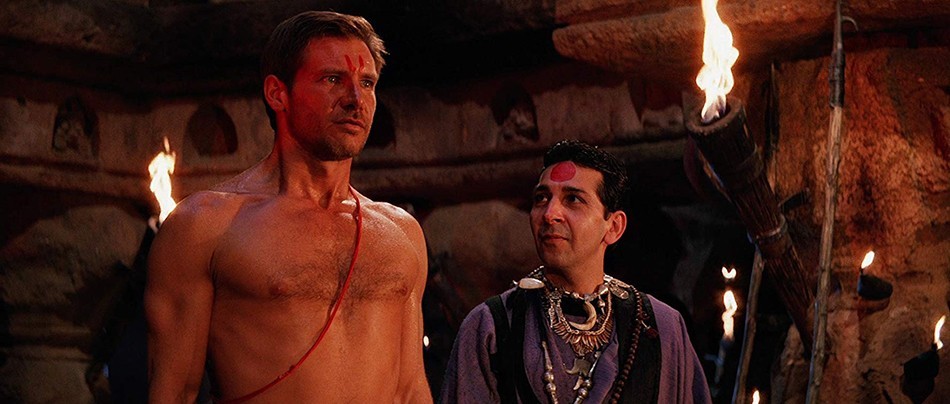
The overwhelming majority of blockbusters play things safe. Hollywood is in it to make money, and playing it safe gets the proverbial butts in seats… which is why Temple of Doom is so special. It’s a sequel to one of the most wildly successful action movies of the 1980s and yet it takes so many risks and rarely resembles its predecessor.
Critic Tim Brayton is right on the money when he says part of the fun of Temple is that it feels “bizarrely transgressive” in how it juxtaposes horrible cruelty with rollicking action. One minute, we have the heroic Indiana Jones theme playing as Indy and co. race down the mountains in a blow-up raft, then later you have a small child slave crying he prays for death to save him from his misery. I don’t know if such contrasts work or fail, but regardless, it’s all so weird that you feel Temple’s getting away with something.
Temple of Doom is the most unique of the Indiana Jones four movies, unapologetic about its darkness. Even if every creative decision doesn’t work, even if Willie Scott makes me want to rip my own ear drums out, even if some of the cultural elements have aged very poorly, I have to give respect to one of the strangest, most imaginative, and exciting action movies of the 1980s.
What are your thoughts on the Temple of Doom and its ultimate legacy? Let us know in the comments or on our Facebook page!
